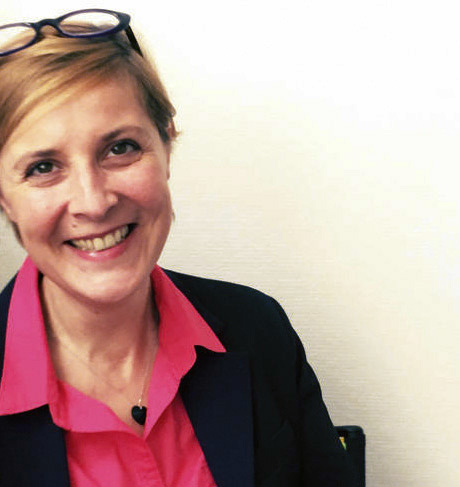“I am an amateur sports photographer. [...] In sports, you are never a voyeur. You must always be in sync with the action. I have a deep respect for sports photographers, and it’s not right that this discipline should be considered less noble than ot...



